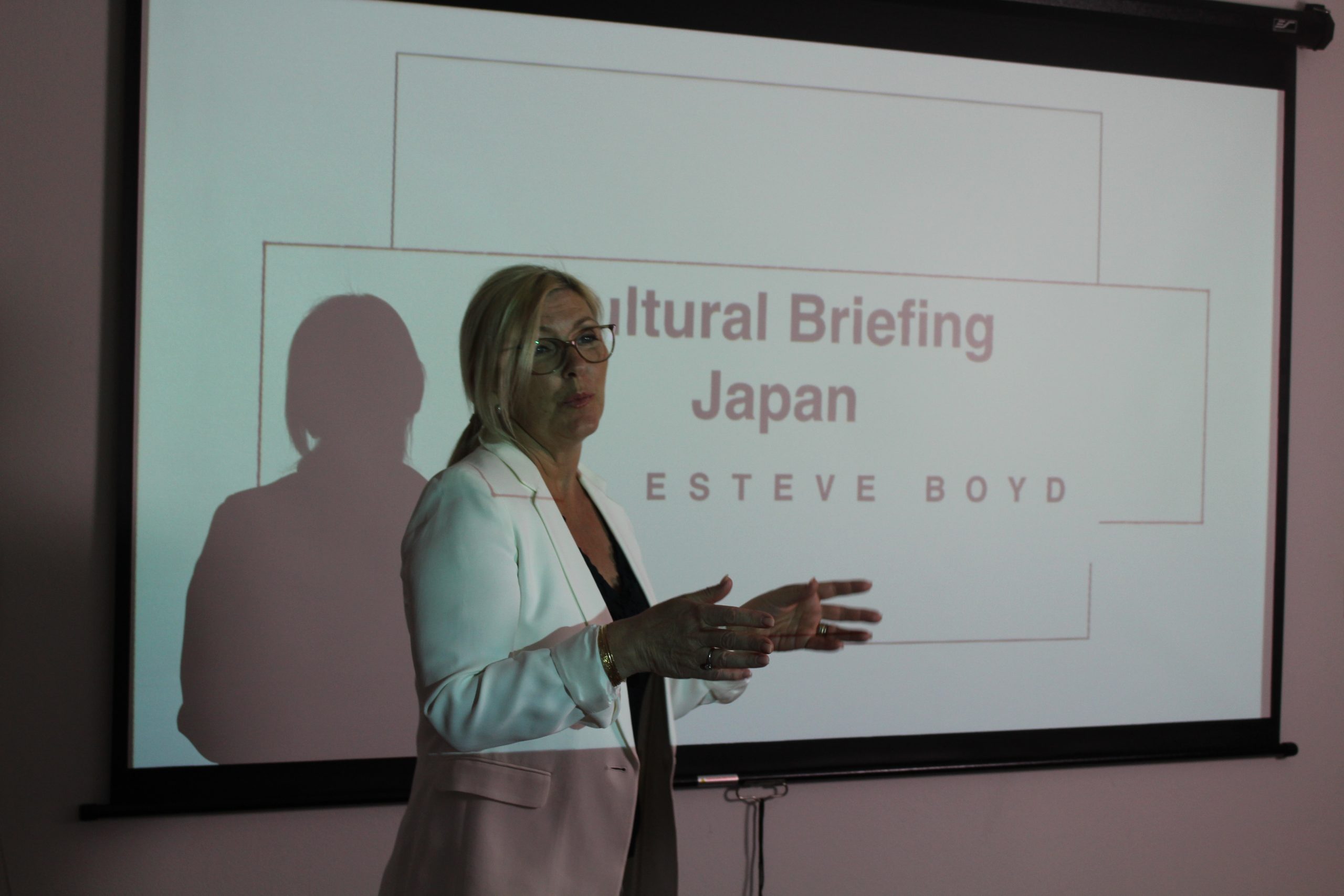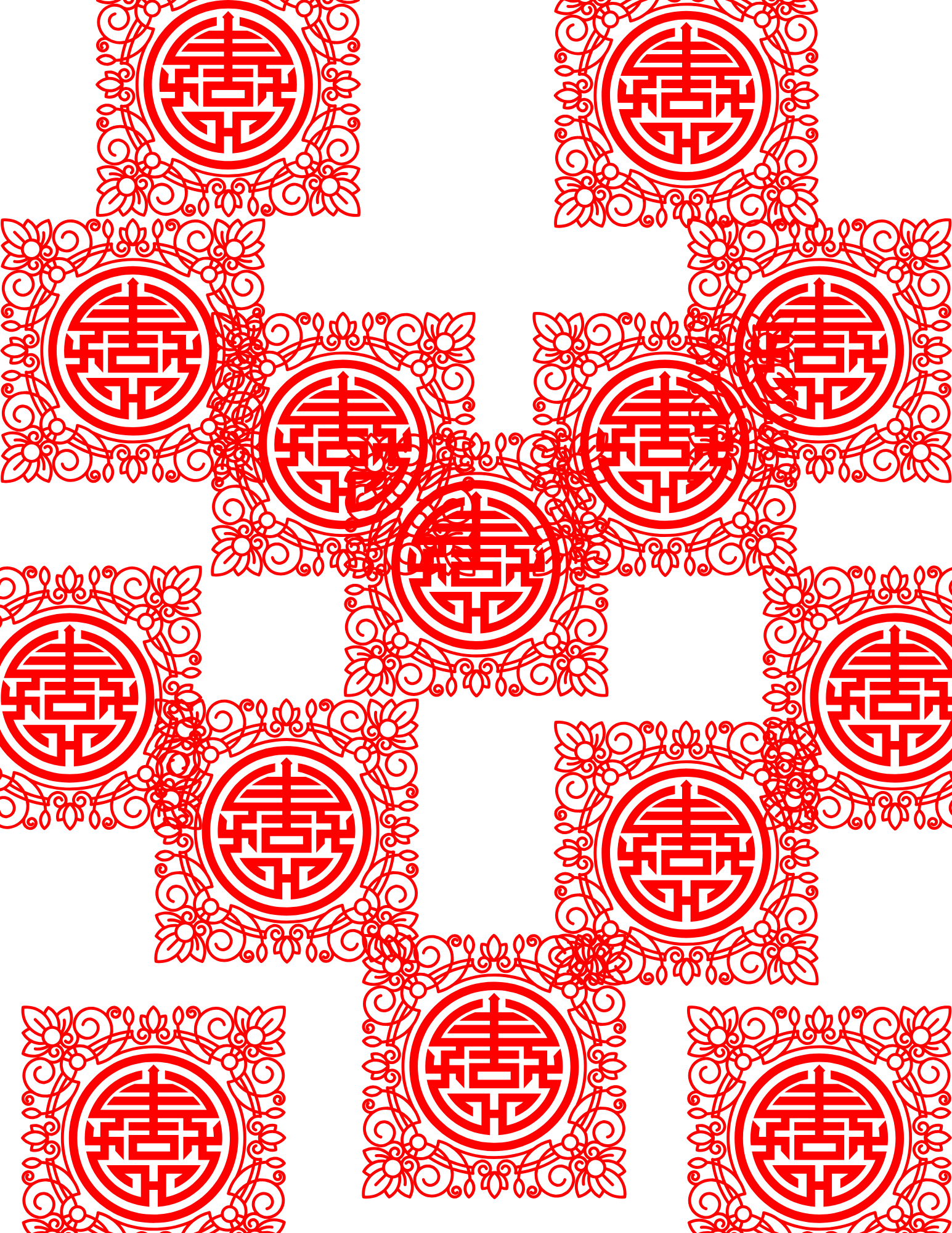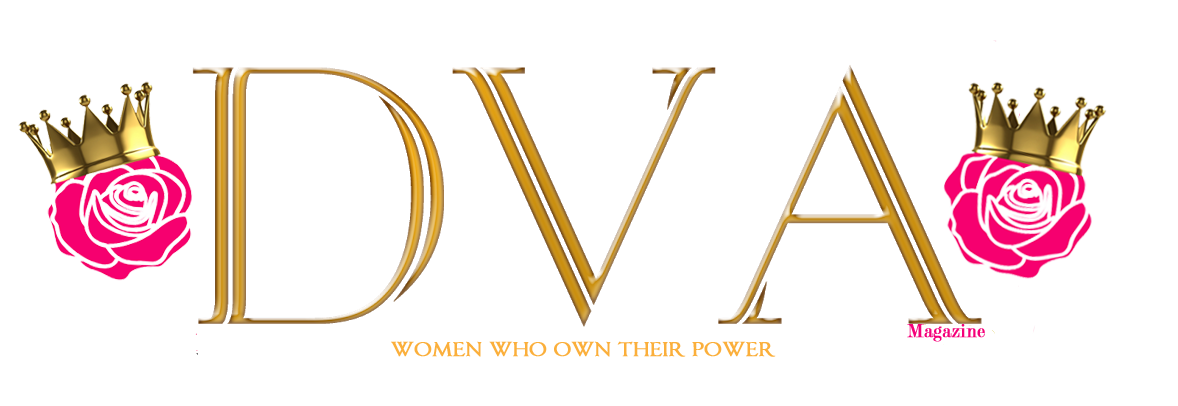
Increasing our cultural awareness can go a long way to building good global business practices. By learning about the traditions of the people that you will meet, you will be more prepared to face any challenges. If you understand the reason for the behavior of others, you become more accepting of these differences. Here I will share 3 cultural briefing tips for Eastern and Western etiquette. I’m going to discuss business styles in Mexico, greetings in Japan and because dining etiquette is my favorite subject, I’ll give you an insight into dining in France.
discussing business mexican style
Mexico has a fairly formal business structure. There is a strong respect for hierarchy and the use of titles is important. If you don’t know the correct professional title of a person, a courtesy title should be used (“Señor”, “Señora”, “Señorita”). This is a valuable first step in relationship building, which is considered very important. Some time is needed to establish trust and build relationships and for foreigners, this pace can feel slower than what they are accustomed to. Mexican culture has a fairly relaxed concept of timekeeping and this flows into the business world. Despite the formal style of business, you may be kept waiting for a meeting or lunch to start. This is not a sign of disrespect, it is simply the culture so don’t be offended, just use the time to practice your Spanish!!

Japanese Greetings – To bow or not to bow?

Most people know that the typical greeting in Japan is the bow. However bowing is not only considered a way of saying hello in Japan, it is an action that is done on other occasions to show respect, to apologize, to show sympathy and to thank. It is deeply rooted in the culture and by observing this custom you will be showing that you respect the culture of your counterpart.
The Japanese bow can be a simple nod of the head, a deep bend from the waist, or anything in between. So how deep do you need to bow? A short bow is a respectful sign of acknowledgment to someone who is of equal status and the deeper bow is reserved for elders or superiors. The most formal bow is a full 45 degrees bend but it’s unlikely that this level of formality would be expected from a foreigner. The longer the bow is held, the more respect is being shown. When bowing you must be sure to avoid eye contact as this is considered bad manners so focus your gaze on your shoes instead.
À la table Française


Table manners vary around the world and there are several nuances between countries, particularly in Europe. At a French dining table, you would be expected to keep both hands visible on the table throughout the meal (contrary to the UK) and you will observe that the French use their knife as little as possible, only for cutting hard foods. The cutlery and stemware are placed differently on the table and often there is no bread plate.
However, one of the biggest mistakes you can make at the dining table in France concerns cheese! Cheese is served after the main dish and before dessert, and it is an understated yet important part of French dining. There are important etiquette rules to follow for cutting the cheese and eating it. If cheese is served on a communal board, pay attention when slicing. Hard cheeses and round soft cheeses are sliced differently using separate knives. If you cut the tip (nose) off of a wedge of soft cheese such as brie, it is very rude as it’s the best part of the cheese and should be shared. Instead, slice from the tip to the rind so that you have long slices.
When eating cheese, hard cheese is only ever eaten with a knife and fork whereas you may spread soft cheese on top of a small piece of bread. Never tell your host that the cheese smells, it is preferable to say the cheese “is strong”, and don’t ask for crackers, only bread will do.

